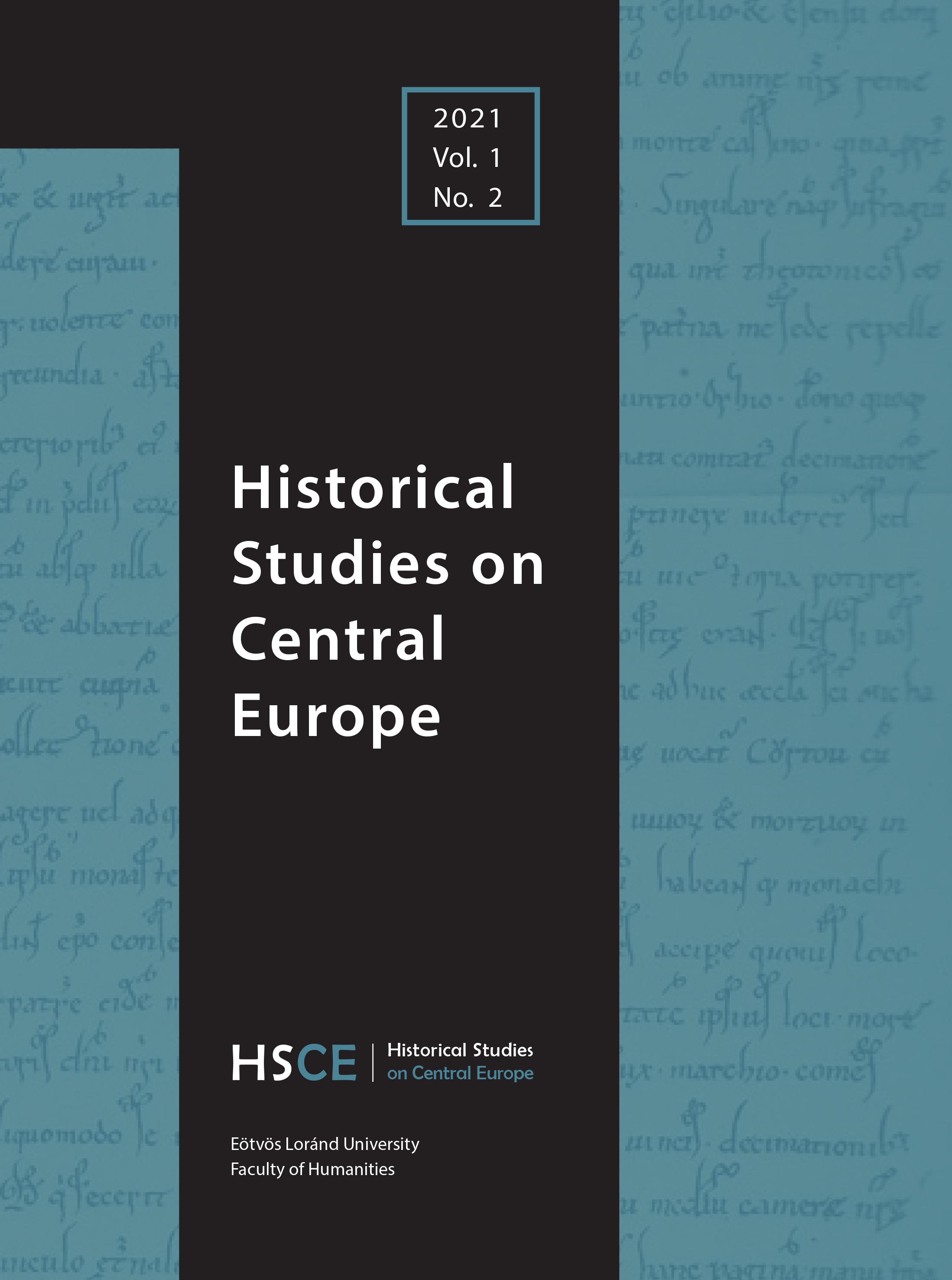Published 03-12-2021
Keywords
- Slovak historiography after 1989,
- Habsburg Monarchy in historical memory,
- continuities and discontinuities,
- social and regional history
How to Cite
Copyright (c) 2021 Júlia Čížová, Roman Holec

This work is licensed under a Creative Commons Attribution-NonCommercial 4.0 International License.
Abstract
With regard to the “long” nineteenth-century history of the Habsburg monarchy, the new generation of post-1989 historians have strengthened research into social history, the history of previously unstudied social classes, the church, nobility, bourgeoisie, and environmental history, as well as the politics of memory.
The Czechoslovak centenary increased historians’ interest in the year 1918 and the constitutional changes in the Central European region. It involved the culmination of previous revisitations of the World War I years, which also benefited from gaining a 100-year perspective. The Habsburg monarchy, whose agony and downfall accompanied the entire period of war (1914–1918), was not left behind because the year 1918 marked a significant milestone in Slovak history. Exceptional media attention and the completion of numerous research projects have recently helped make the final years of the monarchy and the related topics essential ones.
Remarkably, with regard to the demise of the monarchy, Slovak historiography has focused not on “great” and international history, but primarily on regional history and its elites; on the fates of “ordinary” people living on the periphery, on life stories, and socio-historical aspects. The recognition of regional events that occurred in the final months of the monarchy and the first months of the republic is the greatest contribution of recent historical research. Another contribution of the extensive research related to the year 1918 is a number of editions of sources compiled primarily from the resources of regional archives. The result of such partial approaches is the knowledge that the year 1918 did not represent the discontinuity that was formerly assumed. On the contrary, there is evidence of surprising continuity in the positions of professionals such as generals, officers, professors, judges, and even senior old regime officers within the new establishment. In recent years, Slovak historiography has also managed to produce several pieces of work concerned with historical memory in relation to the final years of the monarchy.

